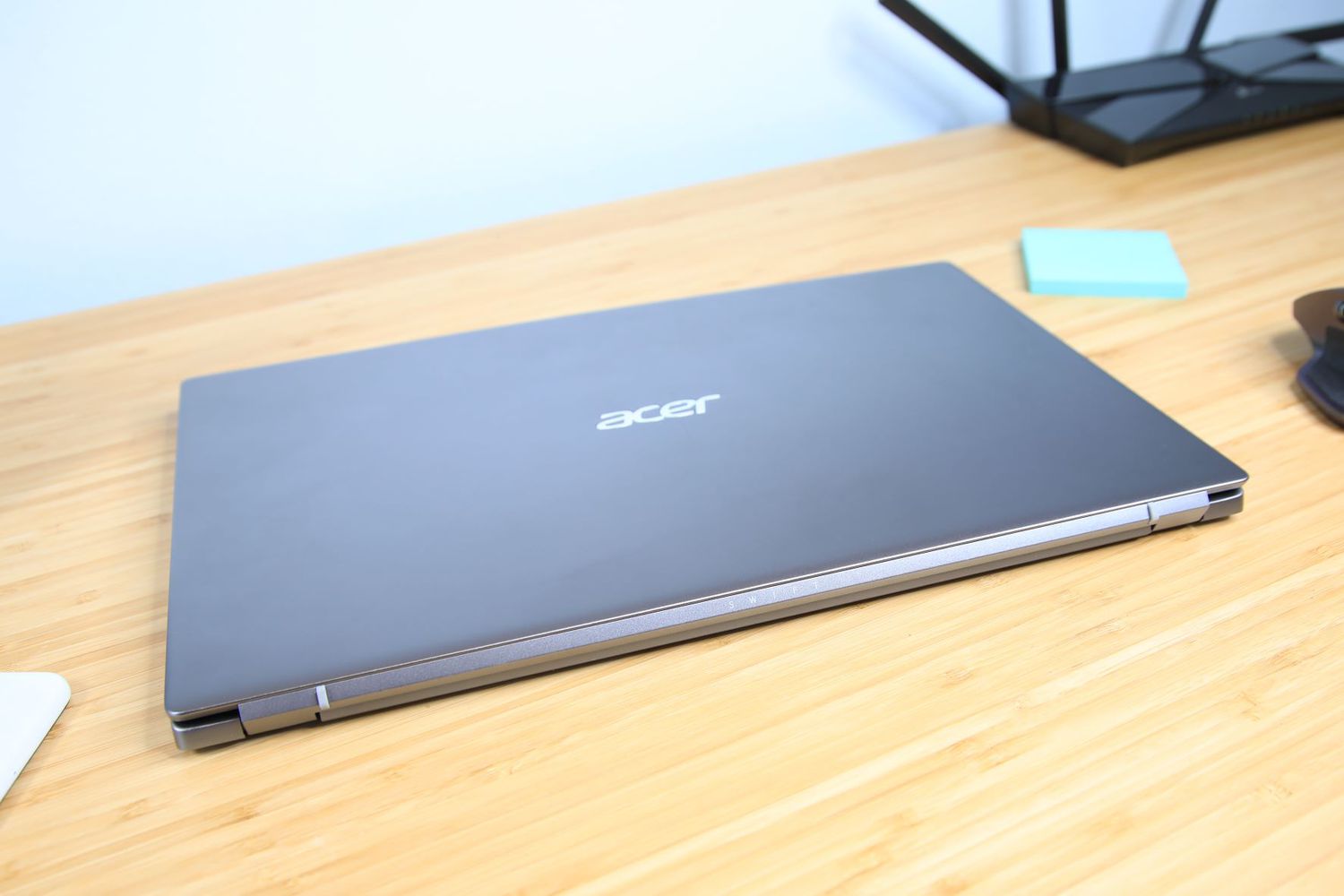Acer Notebook USB Boot Troubleshooting
- 1. Check the USB Device and Port
- 2. Enable USB Boot in BIOS
- 3. Properly Create a Bootable USB Drive
- 4. Update BIOS on Your Acer Notebook
- 5. Troubleshooting Common Problems with Acer Notebooks
1. Check the USB Device and Port
Before diving into more complex troubleshooting, the first step is to check the USB device and port itself. Make sure your USB drive is properly formatted and that the data on it is intact. Sometimes, the issue might be as simple as a faulty USB port or a damaged drive. Try connecting the USB drive to a different port on your Acer notebook. If possible, test the USB device on another computer to ensure that it is working correctly. If the device functions fine elsewhere, then the problem may lie in the laptop's settings or the boot process.
2. Enable USB Boot in BIOS
Many Acer notebooks are configured to boot from the internal hard drive by default. To boot from a USB drive, you must ensure that the USB boot option is enabled in your BIOS settings. To access BIOS, restart your Acer notebook and press the appropriate key (often F2 or DEL) during startup. Once in the BIOS menu, navigate to the "Boot" tab and look for the USB boot option. Ensure that it is enabled and that the USB drive is listed in the boot order. Save your settings and restart the notebook to see if it boots from the USB device.
3. Properly Create a Bootable USB Drive
If your Acer notebook is still not booting from the USB device, it could be due to an improperly created bootable USB drive. Ensure that you're using a reliable tool, such as Rufus or the Windows Media Creation Tool, to create a bootable drive. Make sure to select the correct partition scheme (MBR or GPT) and file system (FAT32 or NTFS) that corresponds to your Acer notebook's architecture. For example, a 32-bit system typically works best with FAT32. If the USB drive isn’t set up correctly, the notebook will not recognize it during the boot process.
4. Update BIOS on Your Acer Notebook
Outdated BIOS versions can cause issues with booting from external devices. If your Acer notebook’s BIOS is outdated, it may not support the latest USB booting protocols. Visit the official Acer support website to check if your notebook model has a BIOS update available. If an update is available, follow the instructions provided by Acer carefully to update your BIOS. Once updated, repeat the process of enabling USB boot and setting the correct boot order in BIOS. This step often resolves many boot-related issues.
5. Troubleshooting Common Problems with Acer Notebooks
If none of the above steps resolve the issue, there might be underlying problems with your Acer notebook. One common issue is the Fast Boot option being enabled in the BIOS. Fast Boot can prevent the notebook from detecting external devices during the boot process. Try disabling Fast Boot and restarting the system. Another potential issue is Secure Boot, which restricts booting from unauthorized devices. You can disable Secure Boot in the BIOS settings. Additionally, check for any firmware or software conflicts that may prevent USB booting.
If you're still experiencing issues with Acer notebook USB boot, don’t worry! At Ninja Stik, we provide expert advice and tools to help you fix boot-related issues. Our reliable products and step-by-step guides can help you resolve your USB boot problems and get back to using your Acer notebook without hassle. Explore more and get the help you need today!






























